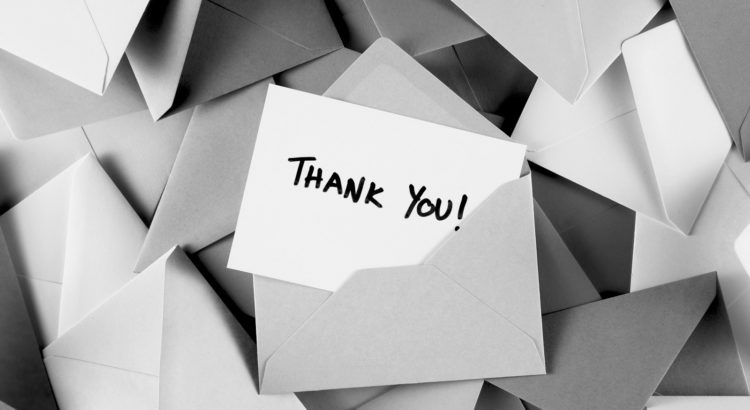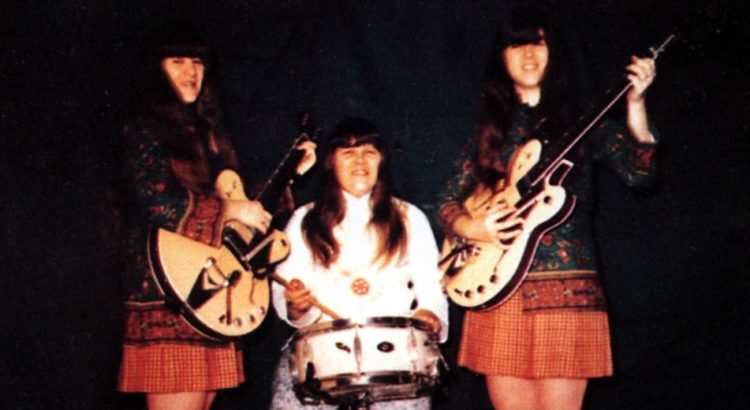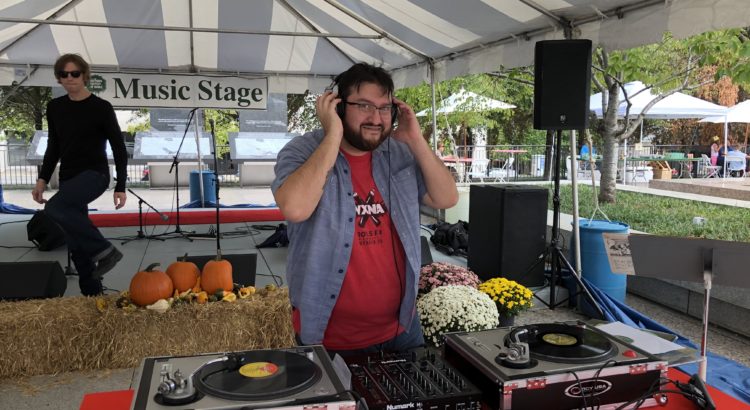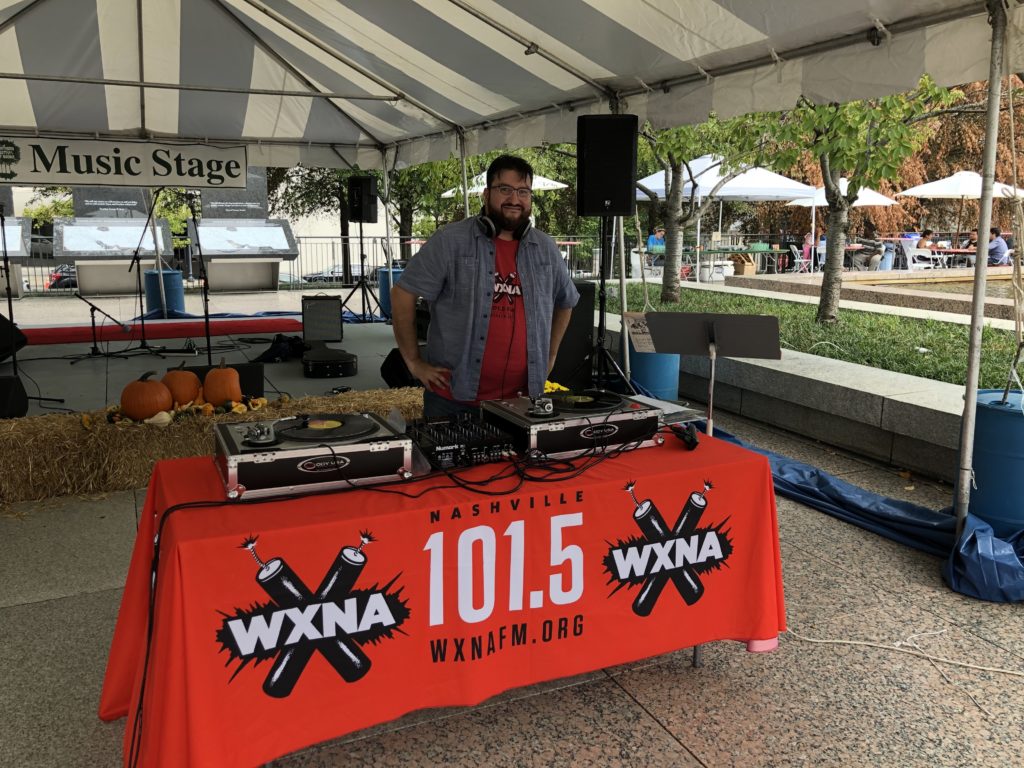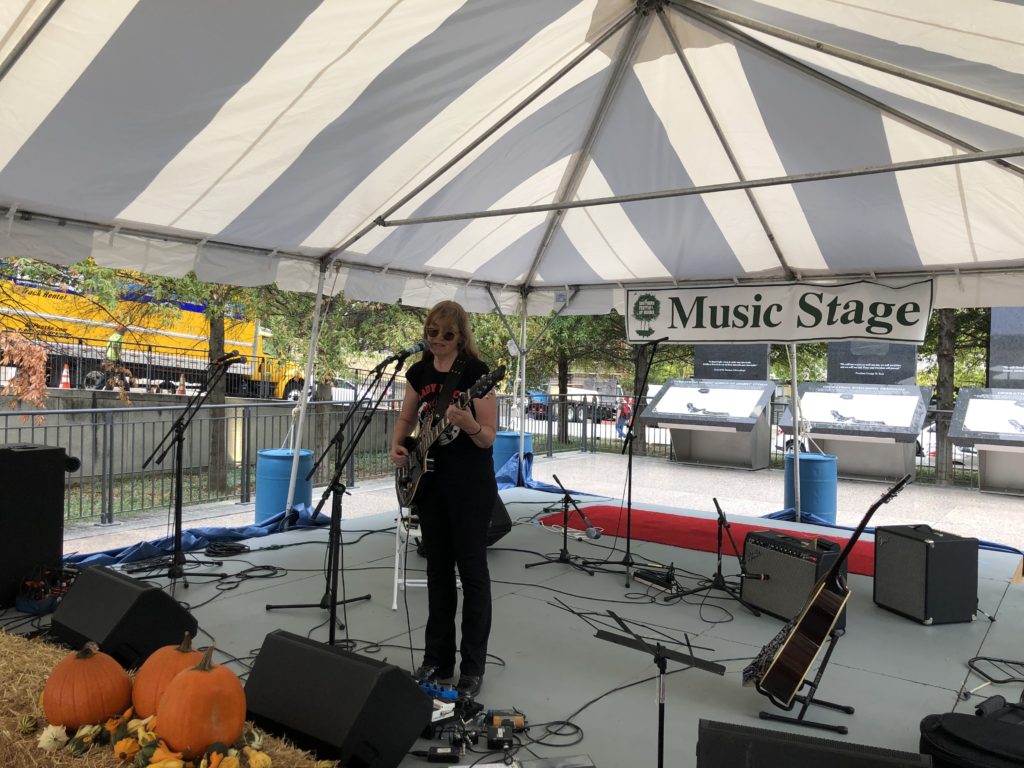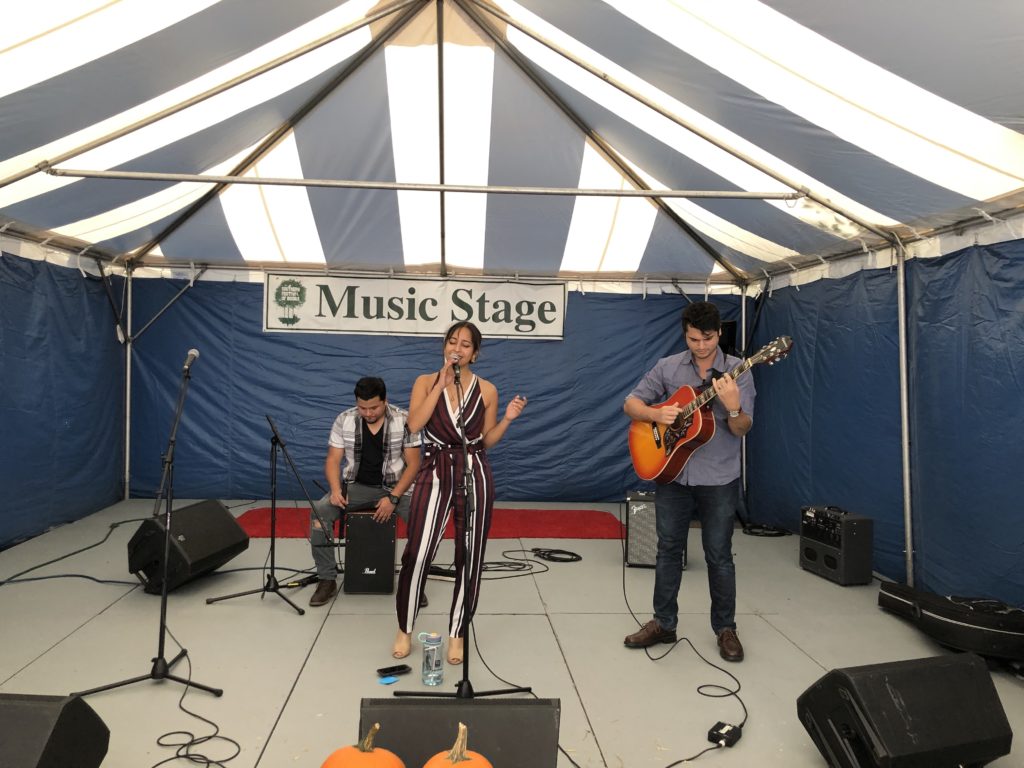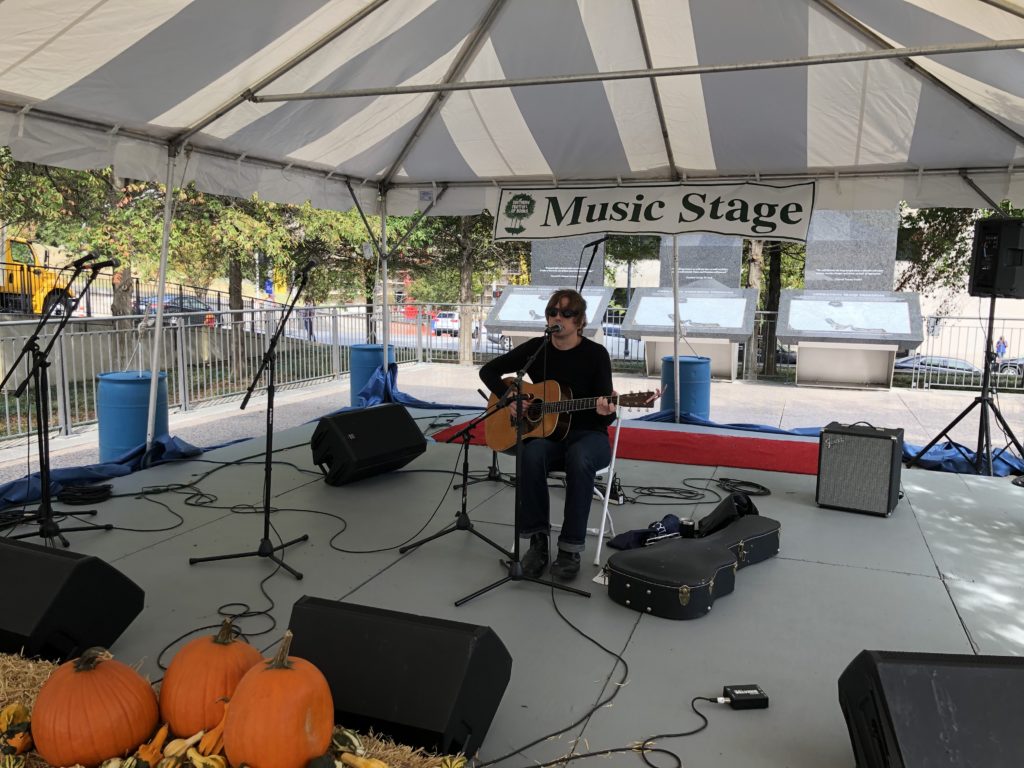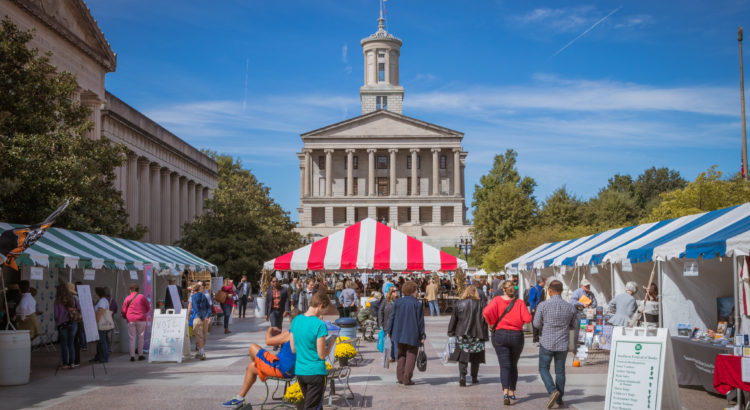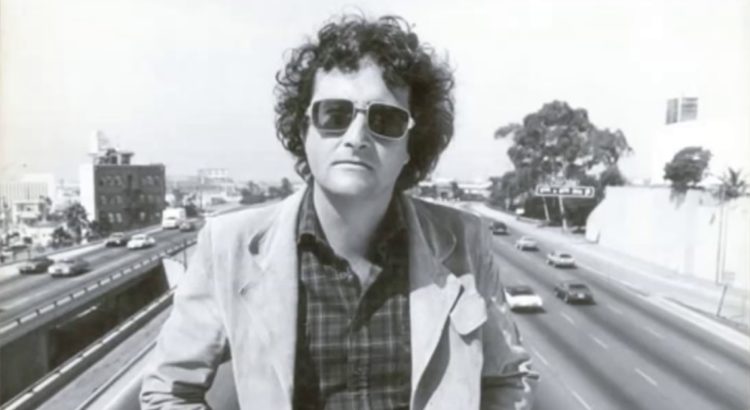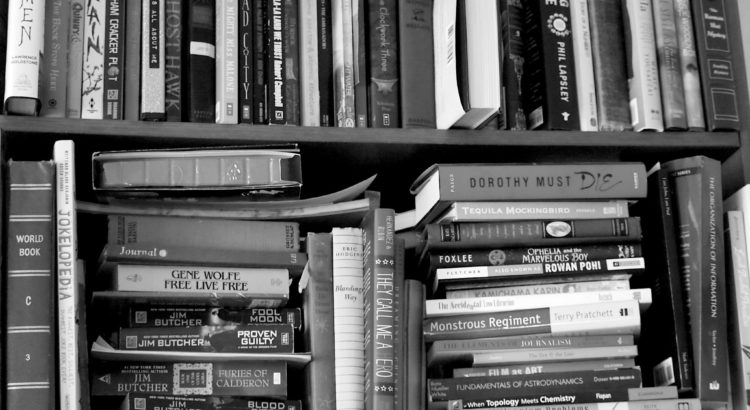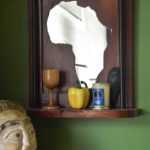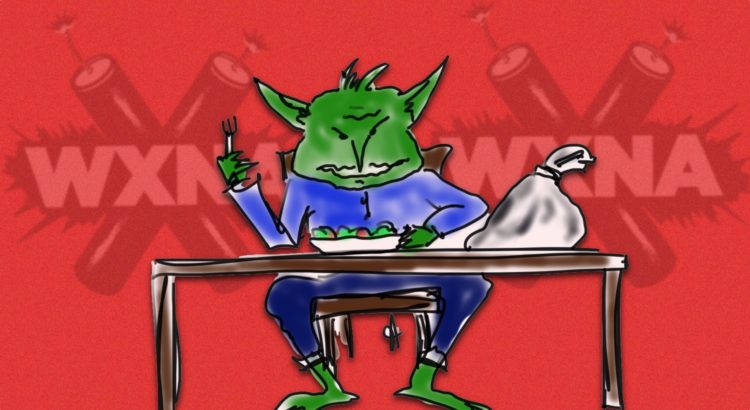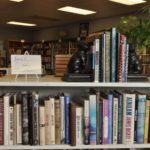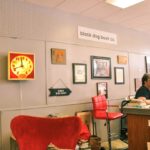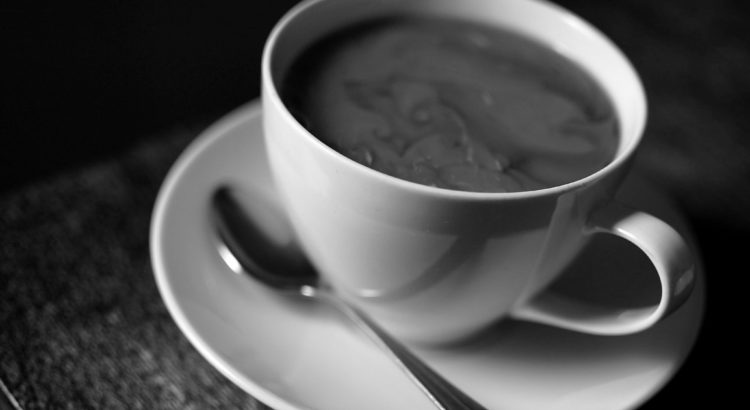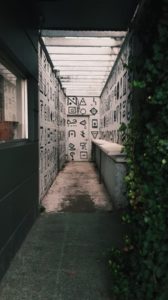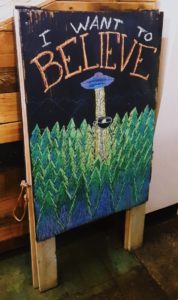A story of a stolen salad, a cursed Corolla and eventual redemption
Trudy called out from the back seat, “Turn the station!”
“The what?” her Mom, Dyann, said.
“The station. Turn the station. I wanna listen to something awesome. Something like WXNA!” said Trudy.
Dyann reached over to the console to turn the dial in hope of pleasing her daughter — anything to please her daughter — but when her fingers approached the dial there was nothing there to turn.
“That’s funny,” said Dyann. “Where did the dial go?”
“Mom! The station! I want to listen to WXNA!” Trudy wailed.
“I know, dear, but, um…the dial,” said Dyann.
“WXNA!” said Trudy.
Dyann looked down. The dial was missing. And also the radio. She didn’t understand what was happening. After all, something was playing. Some sort of music, or music-like substance filled the car. It was a bit oppressive. Certainly not free-wheeling. Definitely not freeform. It wasn’t the warm embrace of a dear friend that WXNA had so often provided. Instead it had the feel of a rusting robot, of automation.
“Why won’t you just change the channel?” shouted Trudy. “Whose idea was it to listen to this anyway?”
“I…I don’t know, dear,” said Dyann. “We typically listen to WXNA. Not this. Whatever this is. What…what is this anyway? It sounds like The Eagles, but also like Staind, and maybe Scott Joplin? It’s very odd. Frankly, I don’t like it.”
“Just turn the station, pleeeeeeeease! PLEASE!” said Trudy.
Dyann reached back to the console, keeping her eyes on the road. She was adamantly opposed to distracted driving. Her hands moved across the faux wood-grain wondering if maybe, perhaps, she had somehow misplaced the radio. Maybe it was where the A/C was supposed to go. Perhaps some young troublemakers had gotten into the car when she was parked at the salad shop and had moved around all of the gizmos. It had happened before, and was certain to happen again. But the radio was not where the A/C was. It wasn’t next to the nav system. It wasn’t in the glove box, or in a cup holder. The radio was gone. Not “missing” but gone, like it never existed. It was as if they were driving the E trimline instead of the midrange “LE” which they had definitely purchased 14 years prior when the car was brand new and still had that smell about it.
“Mom! The radio! C’mon, this is the worst day of my life!” said Trudy.
“It’s not the worst day of your life. Don’t be so dramatic,” said Dyann. But Dyann was not so sure herself. Is it possible the radio truly vanished, or maybe never even existed? Was this was the worst day of her life? Was she supposed to pretend like it was never there — that this was a radioless car? But where was that sound coming from? It was like a mix between “The Pina Colada Song” and The Muffs and, maybe, Beethoven. Something wasn’t right, so she pulled over to the shoulder. Cars whizzed past.
“I just want to listen to anything else besides this. Anything!” Trudy said.
“What if I sing you a song?” said Dyann.
“No! It’s has to be WXNA!” said Trudy.
“But I thought you said — ”
“It HAS to be WXNA, OK Mom? OK?”
Safely parked on the shoulder, Dyann was finally able to inspect her center console — to finally figure out where the radio went. The results were inconclusive. In fact, more was missing than just the radio. The front passenger seat was no longer there, for starters. Dyann was pretty sure the seat was in the car when she had gotten in, but to be fair, it wasn’t really something she paid particularly close attention to. For the most part the seat never really left the car, which is why its absence — in addition to the radio, and the odd music that seemed to be coming from nowhere — was all the more unsettling. Dyann turned to Trudy.
“Trudy, why didn’t you tell me the front seat was missing?”
“I thought you knew. I thought you took it out?”
“And the radio?” said Dyann.
“I just want to listen to WXNA. It’s my favorite station. I mean, just this morning I voted them Best Radio Station in Nashville in the Nashville Scene’s yearly Best of Nashville Readers Poll.”
“I’m sorry, what did you just say? Readers Poll?” asked Dyann.
“Yeah, the Best of Nashville Readers Poll.” said Trudy, looking at the pained look on her mother’s face.
Dyann turned around, put her head on the steering wheel and looked at the floor. “It was that damn goblin,” she said.
“What?” said Trudy.
“The goblin. At the time I thought nothing of it, but it has to be the goblin.”
“A goblin? What even is a goblin?” said Trudy.
“Y’know, a goblin. Little green guy. Big ears. Pointy fingers — runs around with a satchel of gold,” said Dyann.
“You mean a leprechaun?” said Trudy.
“Trudy. I’m a fifty-year-old woman. I know the difference between a goblin and a leprechaun.”
“Well, what is the diff—“
Dyann interrupted, “I was at that salad place, eating a salad. I had my laptop. I was actually on the Nashville Scene’s website voting in their Reader’s Poll. And that’s when he approached me — the goblin. He told me to vote for WXNA for Best Radio Station, or he would cast a spell on my Corolla and cause the radio and front-passenger seat to disappear. Then he stole my salad before I was done with it and ran out the door. I was so angry, I deliberately abstained from voting in the entire category. Welp, he must have done it. He made my radio and my front-passenger seat completely disappear.”
“Mom, that’s…that’s…a goblin?”
“Yup, it was a goblin. A goblin that cursed my Corolla for not voting for WXNA for Best Radio Station.” Dyann said.
“I think there’s only one thing to do,” said Trudy.
“Oh, what’s that?” said Dyann.
“You have to go back to that salad place and steal your salad back from the goblin and demand that he uncurse this Corolla.”
“What if I just went and voted for WXNA for Best Radio Station in the Nashville Scene’s yearly Best of Nashville Readers Poll?” said Dyann.
“But will that break the curse,” said Trudy.
“Does it matter?” said Dyann. “I just want to support that great station.”
“Excellent point, Mom.”
“Here, let’s get out and roll this car into a ravine,” said Dyann.
“You bet, Mom!”
Dyann and Trudy got out of the car, put it in neutral and safely pushed the car into a ravine, ridding themselves of the goblin’s curse. The strange sound of The Turtles mixed with Seven Mary Three and the soundtrack to Joseph and the Amazing Technicolor Dreamcoat faded as it rolled into the ravine. Then the two hitchhiked back to that salad place where Dyann fixed her voting for the Nashville Scene’s yearly Best of Nashville Readers Poll.
(EDITOR’S NOTE: Don’t let the goblin get you! Vote now at BestOfNashville2019.com.)
* * * * *

Voting is now open for the Nashville Scene’s Best Of Nashville Readers Poll. Help us threepeat as Nashville’s Best Radio Station!
You can vote at BestOfNashville2019.com. Best Radio Station is under the Media & Politics section. You must vote in 25 categories for your ballot to count. You may leave your ballot and return again, but you must have it completed before Sept. 5. There is no “submit” button—once you click “vote” in each category, your vote is counted.
Rick Pecoraro
WXNA Contributor
